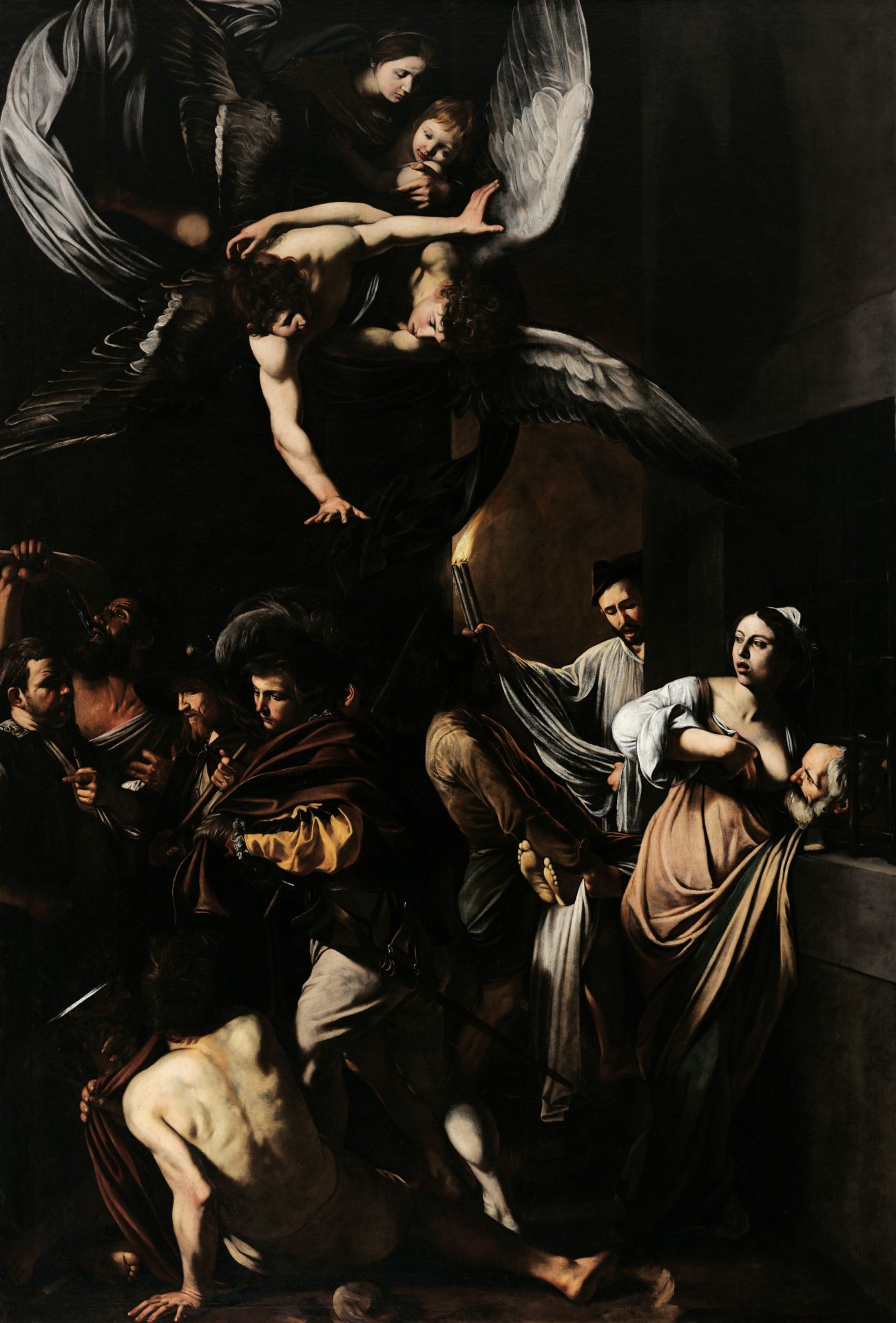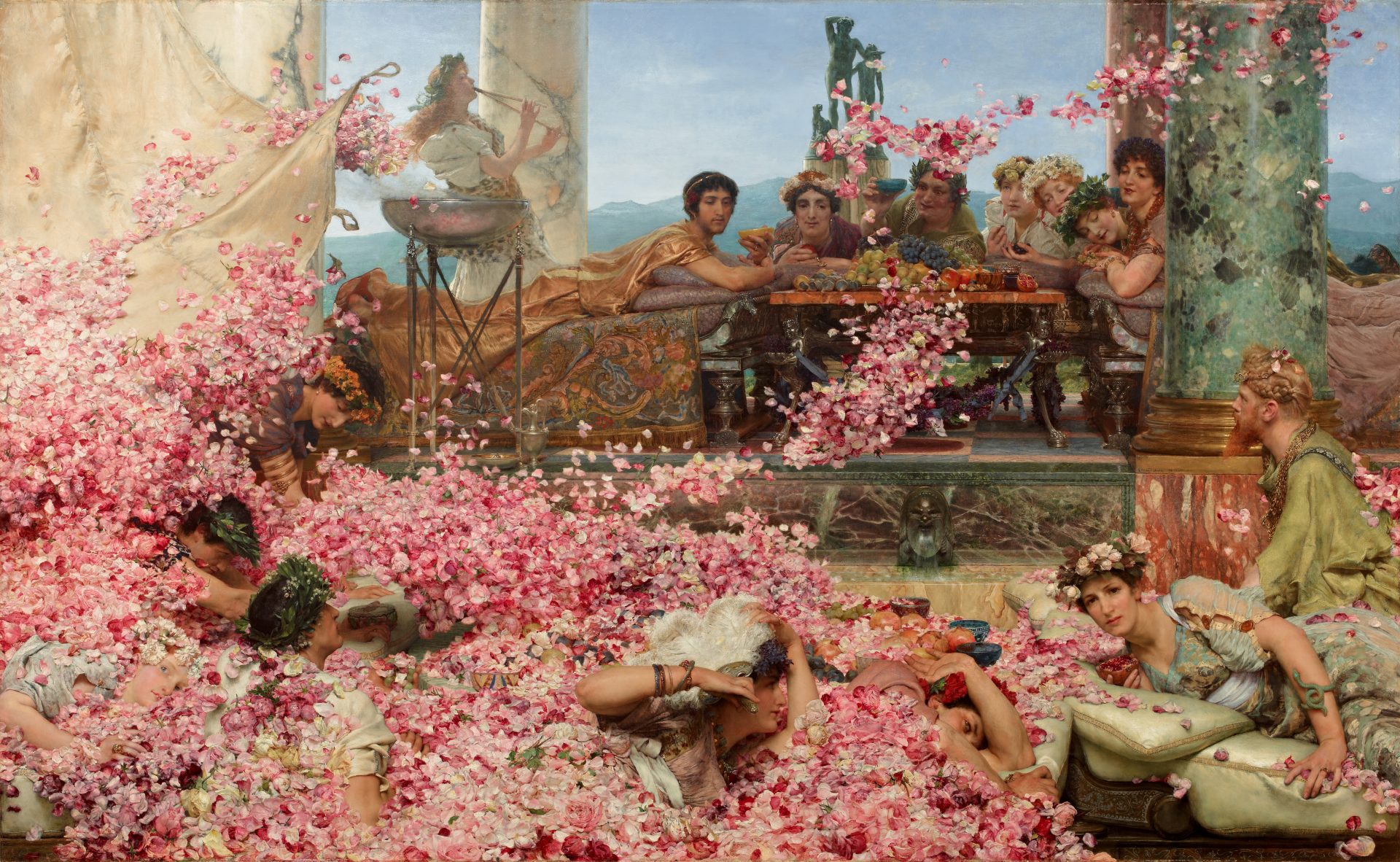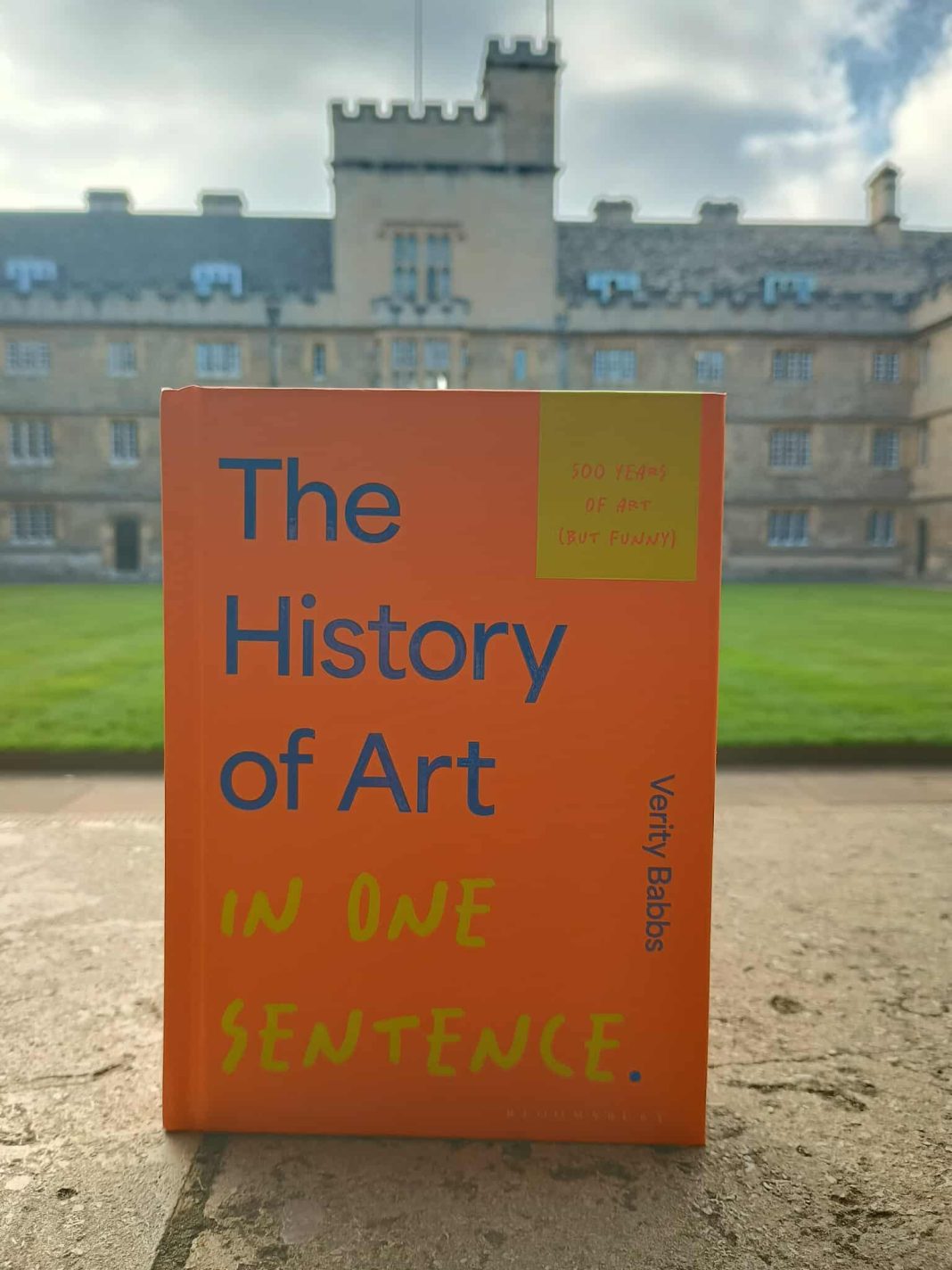★★★★☆
Former Wadhamite Verity Babbs has created a practical guide to the history of art – breaking away from the traditionally dense Oxford academic style. Comedian, writer, performer, and all-round free spirit, Verity has produced a beautiful book to deal with your anxieties around discussing art. It provides a unique voice filled with quips and jokes that prepare you to discuss art with anyone – be it your tutor, your friends, or a date.
In its extensive coverage of 50 artistic movements, each is given three to five pages that describe their features, basic historical facts, and key artists and paintings of the movement. In total you learn of about ten new names, five or so paintings, and a couple of ideas. The question-answer format of the book provides ample opportunity for bizarre facts that you can utilise yourself. It opens with traditional discussions of early modern Italy, and eventually branches out into the experimental German and British art of the 20th century. It was a little jarring, even if welcome, to go so quickly from learning of Caravaggio’s chiaroscuro, to the parties of the Bauhaus.

Despite her comedic origins, though, this book remains informative. It is ultimately an art history book that has cast aside its academic trappings. The formal language, tone, layout, and visuals are all cut. For Verity, art is about stories. The book revolves around the wacky and bizarre. This is where Alexandra Ramirez’s illustrations come into play. Verity’s unique voice and witty humor are accompanied by an extensive set of cartoon-like illustrations. Famous artwork is reworked in this style, notably a two-page spread of Dürer’s Rhinoceros. It makes for an engaging read, that allows you to focus on the particularly striking features of art history.
This approach, however, is not without limitations. The illustrations are a striking addition to Verity’s jokes. Yet, it is difficult to introduce the precise differences between art movements, or techniques, or the use of colour, without at least one example of the art. Bold introduction pages which feature blocks of colour could’ve instead featured a photo of key works. Conveying the sublime in the art of the romantics is difficult through the medium of words and cartoon depictions. The book is best when it is not taken seriously – when not every sentence is read, but rather the curious mind seeks out what sparks interest.
When read in this way, I did have a considerable amount of success. The section on drowning guests in rose petals (in reference to The Roses of Heliogabalus by Lawrence Alba-Tadema) led me to further research. I sent a photo of the painting to my friends, and started to discuss it alongside others of the same style. Verity’s fun fact on Alba-Tadema importing roses from France every week to produce the work, was a launchpad for my curiosity as to the aesthetic features of the art, and the uniqueness of the artwork’s production. It is these ‘magpie’ style interactions that Verity wants to encourage with the work. It is an opportunity for curious minds to discover more about art history, without a daunting reading list attached.

When asked what she would recommend to those interested in art, rather surprisingly Verity told Cherwell to stay away from the galleries. Memorising the contents of the Christ Church Picture Gallery, or attempting to learn every obscure philosophical take on art, are anathema to Verity. This view is reflected in this book. Art is not a subject that is to be learnt by rote to impress your tutors, it is expression. To Verity, this comes through adding art to her existing interests. This is the brilliance of the book – it bridges the gaps of knowledge that prompt you to start experimenting with art and art history, rather than memorising theory.
Oxford students stand to learn a lot from both this book, and the approach that Verity has taken. Oxford, and art history, are not places to simply memorise, regurgitate, and have polite conversation with tutors about age-old debates. Rather, it is the best opportunity in life to develop your own unique perspective, approach, or angle on things. This is what Verity did at her time at Wadham. Rather than attempting to participate in the academic race to the top, she discovered a love of comedy, drama, and how art plays a role in this. Oxford is a set of induced identity and academic crises that should force you to become a more unique and interesting individual.
Verity is holding a talk in Blackwell Bookshop on the 16th of October with tickets on Eventbrite, so take the opportunity to listen to her talk, meet her, and get your signed copy.


